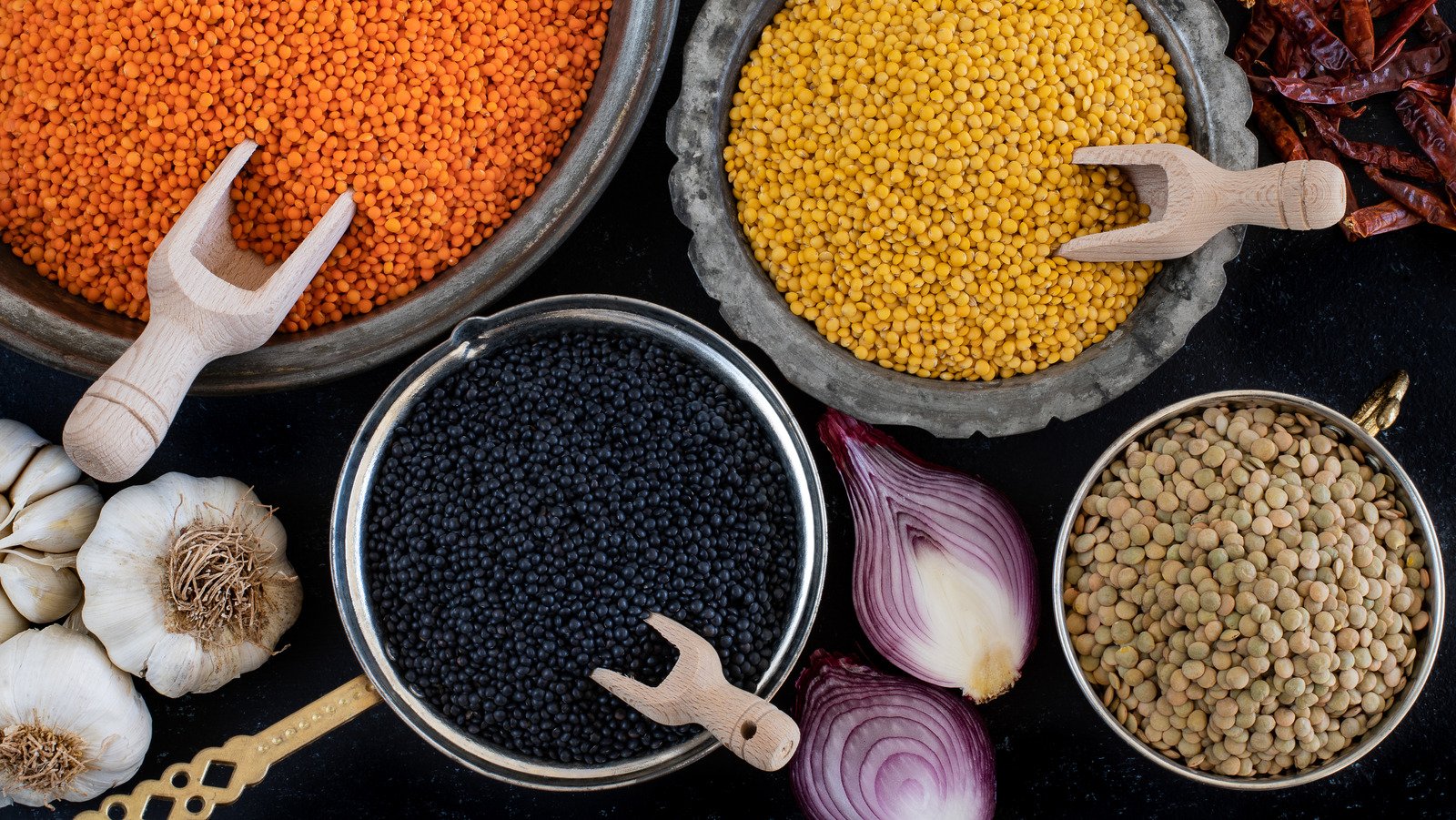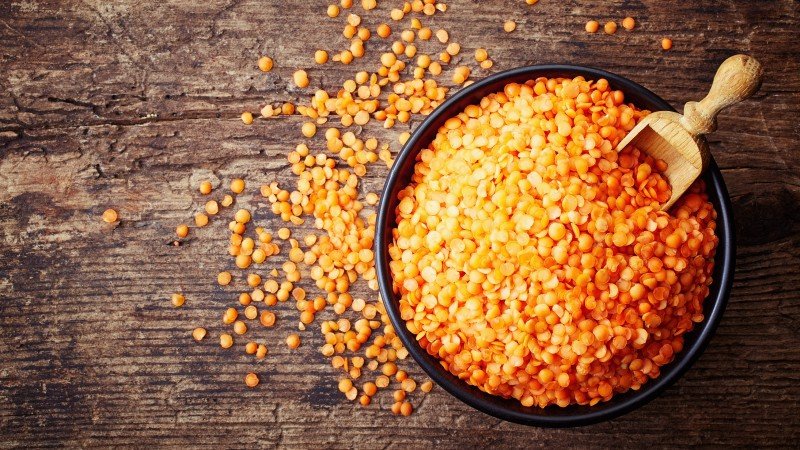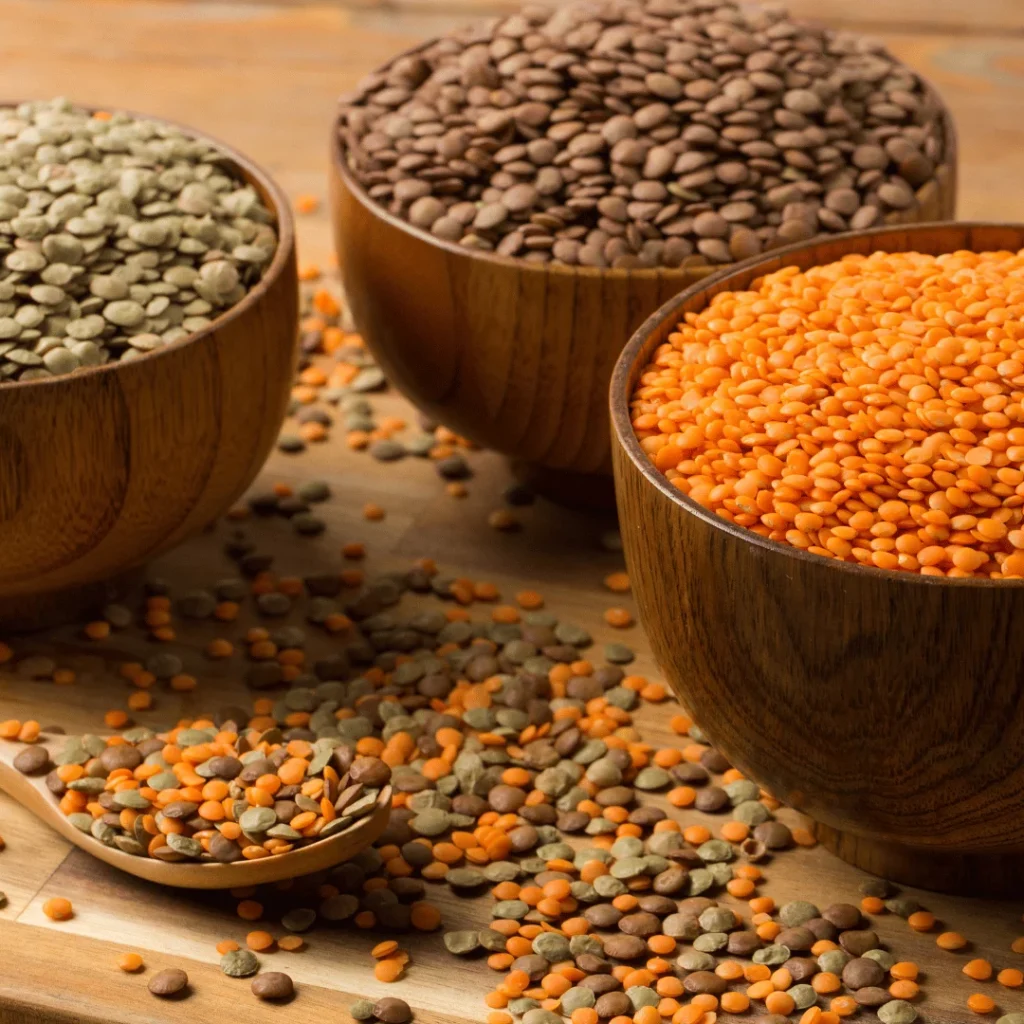Lentils, small but mighty legumes, have been a staple of human diets for thousands of years. Known for their high protein, fiber, and nutrient content, lentils play an essential role in both traditional and modern cuisines. From hearty soups to curries and salads, these versatile pulses provide affordable nutrition to millions of people worldwide. But when it comes to production, one country has emerged as the global leader in lentil cultivation, feeding not just its own population but also the world. So, which country is the largest lentil producer globally? Let’s explore this fascinating story of agriculture, trade, and nutrition.
The Global Importance of Lentils

Before diving into production figures, it’s important to understand why lentils hold such a prominent place in global agriculture.
- Nutritional Value – Lentils are rich in plant-based protein (up to 25%), making them a vital food in vegetarian and vegan diets. They also provide iron, folate, magnesium, and dietary fiber, all of which are important for maintaining health.
- Affordability – Compared to other protein sources such as meat, poultry, or fish, lentils are significantly cheaper, making them a crucial food in developing nations.
- Sustainability – Lentils are nitrogen-fixing plants, meaning they naturally enrich the soil by converting atmospheric nitrogen into nutrients. This reduces the need for synthetic fertilizers, making lentil farming environmentally sustainable.
- Culinary Diversity – Lentils come in multiple varieties (green, red, black, yellow, and brown), each offering unique flavors and uses across cuisines.
Because of these qualities, lentils are cultivated in over 50 countries worldwide, with production concentrated in Asia and North America.
Which Country Produces the Most Lentils?

As of recent data from the Food and Agriculture Organization (FAO), Canada is the world’s largest producer of lentils. Surprising to many, given that lentils are often associated with Asian cuisines, Canada has established itself as the global giant of lentil cultivation.
Canada – The Global Leader
- Annual Production: Over 2.2–2.5 million metric tons of lentils.
- Share in Global Production: Around 33–35% of the world’s total.
- Major Growing Regions: Saskatchewan is the powerhouse of lentil production, accounting for over 90% of Canada’s output.
Canada’s rise to the top is no accident. The country’s prairie climate, with its dry and sunny summers, provides the ideal growing conditions for lentils. Combined with modern farming techniques, high-quality seeds, and strong government support, Canada has managed to dominate both production and exports.
Notably, Canada exports about 70% of its lentil harvest to international markets, with India, Turkey, and Bangladesh being its largest buyers.
Other Leading Lentil Producers

While Canada leads the pack, several other countries contribute significantly to global lentil production:
1. India
- Annual Production: Around 1.2–1.3 million metric tons.
- Global Share: Approximately 20% of global output.
- Importance: Lentils (known as dal) are a staple food in India, forming part of daily meals for millions. India is both a major producer and the largest consumer of lentils worldwide. Despite its high production, India still imports large quantities (mainly from Canada and Australia) to meet domestic demand.
2. Turkey
- Annual Production: Around 300,000–350,000 metric tons.
- Global Role: Turkey is a significant exporter of red lentils to Middle Eastern and European countries. The country’s southeastern region, particularly Gaziantep and Mardin, specializes in lentil farming.
3. Nepal
- Annual Production: About 250,000–300,000 metric tons.
- Specialty: Lentils are Nepal’s top agricultural export, contributing heavily to its economy. Nepali lentils are popular in South Asian and Middle Eastern markets.
4. Australia
- Annual Production: Over 250,000 metric tons.
- Focus: Australia has emerged as a competitive lentil producer in recent decades, especially in Victoria and South Australia, exporting primarily to India and Bangladesh.
5. United States
- Annual Production: Around 200,000–250,000 metric tons.
- Regions: Lentils are grown in states like North Dakota, Montana, and Washington. The U.S. contributes significantly to global trade, exporting lentils mainly to Asian and European markets.
Why Canada Dominates Lentil Production

Canada’s success in lentil farming is a combination of natural conditions and strategic planning:
- Ideal Climate – Prairie provinces, especially Saskatchewan, have the dry, sunny summers perfect for lentil growth. Excessive rainfall can harm lentil crops, making Canada’s relatively dry conditions advantageous.
- Advanced Farming Techniques – Canadian farmers use precision agriculture, modern irrigation, and high-yield seed varieties to maximize productivity.
- Export-Oriented Strategy – With a relatively small domestic demand, Canada has built a strong export market, forming long-term trade relationships with countries like India, Bangladesh, and Egypt.
- Research and Development – The Canadian government and agricultural institutes continually invest in developing disease-resistant and high-yield lentil varieties.
- Global Demand – Rising global interest in plant-based proteins has boosted lentil consumption, further strengthening Canada’s role as a global supplier.
Global Trade in Lentils
The lentil market is highly interconnected, with countries depending on imports to meet demand.
- Top Exporters: Canada, Australia, and Turkey dominate global exports.
- Top Importers: India, Bangladesh, Egypt, and the United Arab Emirates are among the largest buyers.
For example, in years when India’s domestic production is affected by monsoon irregularities, its lentil imports can spike dramatically, impacting global prices. Canada, as the leading exporter, often benefits from this increased demand.
Lentils and Food Security
Lentils play a crucial role in ensuring food security across the world:
- In Developing Nations: Lentils are a cheap source of protein, helping fight malnutrition.
- In Developed Nations: They are increasingly valued as part of healthy, plant-based diets.
- In Global Sustainability: As climate change challenges agriculture, lentils offer a low-water, low-fertilizer alternative to other crops.
This combination of nutrition, affordability, and sustainability makes lentils one of the most important crops for the future of global food systems.
Challenges in Lentil Production

Despite the success stories, lentil farming faces several challenges:
- Climate Change – Shifting weather patterns, unexpected rainfall, and droughts threaten yields in many regions.
- Pests and Diseases – Lentils are susceptible to fungal diseases like ascochyta blight, which can destroy crops if not managed.
- Price Volatility – Farmers in countries like India and Turkey often struggle with fluctuating prices, which depend heavily on global supply and demand.
- Trade Restrictions – Import tariffs and sudden trade bans (like India’s occasional restrictions on lentil imports) can disrupt international markets.
The Future of Lentil Production
Looking ahead, lentils are set to play an even larger role in global agriculture:
- Plant-Based Diet Trend: As more people adopt vegetarian and vegan diets, lentil consumption is expected to rise.
- Innovation in Farming: Precision agriculture and climate-resilient seed varieties will help stabilize production.
- Expanding Markets: Beyond traditional consumers in South Asia, lentils are gaining popularity in North America and Europe as a superfood.
Given these trends, countries like Canada, India, and Australia will continue to strengthen their positions in global lentil production.
Conclusion
So, which country is the largest lentil producer globally? The answer is clear: Canada. With over 2 million tons of annual production, world-class farming practices, and a strong export-oriented strategy, Canada has become the global powerhouse of lentils.
India follows closely as both a major producer and the largest consumer, while Turkey, Nepal, Australia, and the United States also make significant contributions to global supply.
As the world searches for sustainable, nutritious, and affordable foods, lentils are likely to remain at the center of agricultural strategies—and Canada will continue to lead the way in feeding the world with this humble yet powerful legume.




